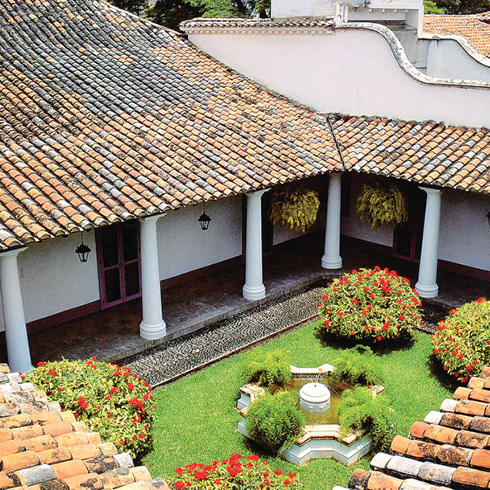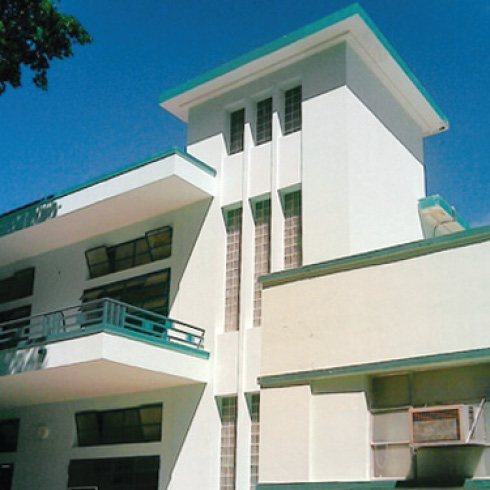YDB
A mission town, of Taramaina and Quiriquire natives, it was founded in May 1621 with the name Nuestra Señora de la Limpia Concepción, plotted by Pedro Gutiérrez Lugo and Gabriel Mendoza. The historic center is located on a small plateau overlooking the El Guaire valley and currently retains the layout of the historic center. The straight streets make up an almost regular grid arranged around a central area divided into two rectangular plazas: a smaller one in front of the temple and the other one, the Plaza Bolívar, to the south. The present day church of Santo Cristo of La Vega, with hyperbolic paraboloid roofs, was inaugurated in 1970 in place of the small three-nave colonial temple (sixteenth century), which had been rebuilt several times (it collapsed in the 1967 earthquake). There is a group of traditional houses, with two windows, courtyard and yard located on the south edge, as well as the modern María Antonia Bolívar School. Several pseudo-colonial façades reconstruct a traditional setting of continuous walls and act as the town center for a vast amount of informal dwellings surrounding it. The chimneys of the old cement factory stand out from the town center’s profile, as well as a large slab-like building toward the El Carmen sector, immersed in the hills covered with self-built housing. After the plans for physical renewal of the barrios (1999), several architectural interventions were completed in community centers and public spaces (over encased streams) that have improved areas like Los Paraparos, San Miguel and El Carmen.



